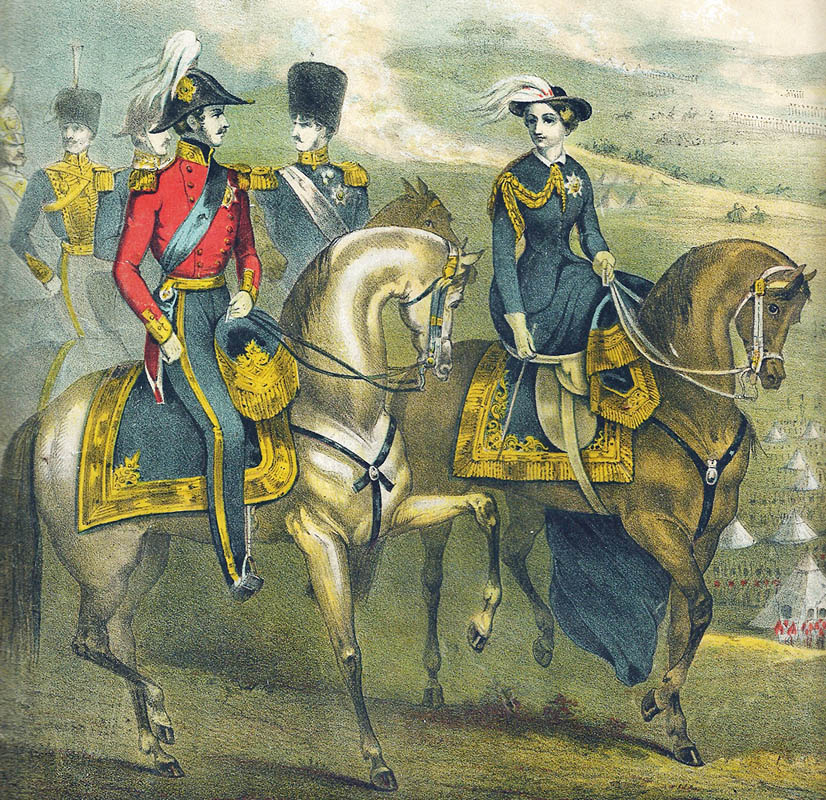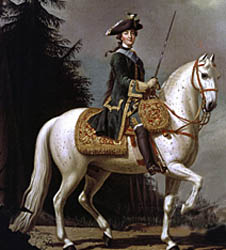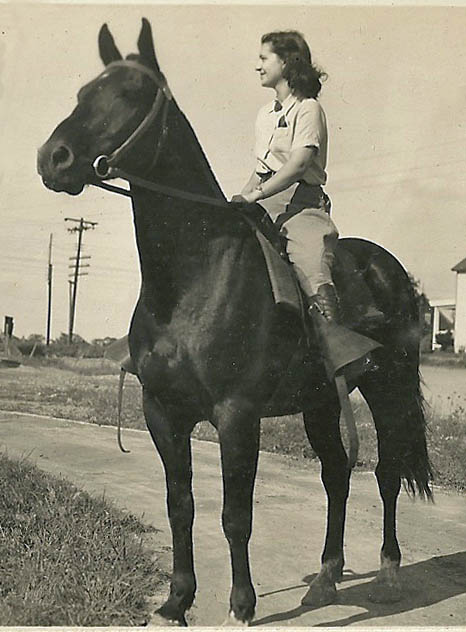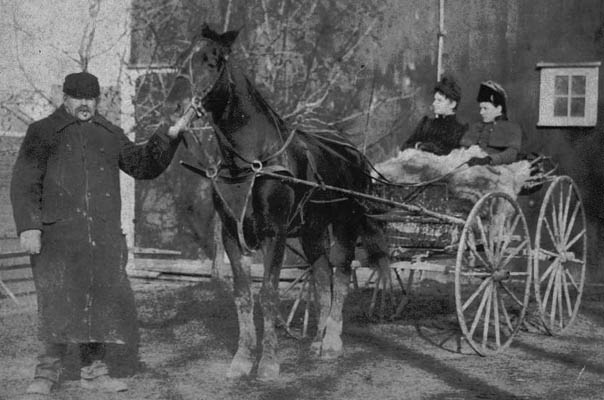Women and Horses: Roots of a Special Relationship

The Young Queen Victoria made Riding Fashionable for Young Ladies

To say men are different from women is cliché. I will freely and openly acknowledge that as a male I have never fully understood the female of our species and likely never will. It would be easy to suspect that there is a massive conspiracy afoot among women, perhaps with world domination as an objective, but I see no evidence as yet that they understand themselves any better than we clueless males do.
However, one thing is clear to me. There is a special affinity that many women have for horses. I have gone on record saying that I have never truly loved horses, not in the way that my wife does. The outdoorsman in me enjoys riding them. The biologist in me is fascinated by their psychological adaptations. The animal behaviorist in me enjoys observing them. The artist in me is drawn to their aesthetic qualities and beauty. The historian in me is aware of their important role in human history. All of the above is true and if you read what I have written, and will write, you know that this is said from the heart. However, mine is an intellectual and not an emotional attachment to the species. I think Jane Smiley speaks for many women when she wrote:
“Fascination with horses predates every other single thing I knew. Before I was a mother, before I was a writer, before I knew the facts of life, before I was a school girl, before I learned to read, I wanted a horse.”
A Year at the Races, p. 47
What are the roots of this affinity? I would love to say that there is a lot of historical and even well-known mythological testimony that indicates this affinity was recognized since the dawn of time, but at this point I am simply not aware of it. Rather I think the key is that both women and horses have undergone the same kind of liberation within the last 150 years.

|

|
It appears that horseback riding by women was an activity that won the approbation of Victorian era males as well. In A Woman's Guide to Health Beauty and Happiness Frederick Wilson Pitcairn, M.D. (1906) assures us, "Riding on horseback is one of the most enjoyable and salutary exercises known. Under this exercise the circulation and respiration are greatly increased and digestion assisted; the mind is pleasantly engaged, emotions excited, and emulation inspired. Young people like to ride well-some desire to exhibit prowess and skill. In many diseases riding is found to be more efficacious than the most renowned therapeutic agents."

|
Moreover it was not just women who were liberated. In 1877 Anna Mary Sewell wrote the much loved book Black Beauty. Her book’s empathy for horses was instrumental in pushing the notion of the humane treatment of animals and became an instant best seller. Sadly, Sewell did not live to see the fruits of her work; she died five months after its publication.
The Industrial Revolution, which played such a role in the liberation of women, also liberated horses. For centuries horses were a vital means of economic production and participant in the horrors of war. Today, there are still some horses that function in more traditional economic, working roles on Amish farms, in the racing industry, in police mounted units, etc., but for the most part today’s horse is a well-cared for, even pampered, pleasure animal. They, too, have been liberated, although unlike my female friends, they may not realize it.
The Accidental Horseman

|
A Closing Comment
I found as I wrote the above that it took a direction that I did not originally intend. I hate reading most historical fiction in that I find most writers are unable to escape the present and adopt the mindset of people living in prior eras. Even historians and sociologists tend to be hypercritical of our antecedents’ failings and yet we are so blind to our own. We know how history sorted things out, and of course the people living at the time did not. For that reason I have never been that sympathetic to what is understood as a modern “Feminist” perspective. I find it is too often both narrow-minded and angry. Prior societies functioned in the manner they did because the conditions that existed at the time demanded that they must function in that manner and not because we are so enlightened and they were not. That is not to say that social attitudes do not evolve, that thought leaders do not ignite change, and that we cannot point to ways that society has in fact become more enlightened. My complaint is that we believe that the need for these perceived improvements should have been so evident that our ancestors had to have been idiots for not adopting them earlier. Human societies are extremely complex entities with so many elements necessary for change that it can only be by a gradual process. Prior to writing this I have never really had any reason to examine the historical development of the relationship between horses and women (being neither of them myself). I cannot find many sources suggesting that others have looked into the question except in a superficial and rarely even sexist manner, but I would not be surprised to find that there is more serious literature out there than I am unaware of.
Since I wrote the above a friend pointed out the book Of Women and Horses (Irvine, CA: BowTie Press, 1965). This is a series of essays by horsewomen (and some great photographs also). The essays by Dr. Delphi M. Toth, a Lipizzaner breeder and psychologist, and by Mary Wanless touch particularly on the matter of women and horses. Mary Wamless and I agree that this is mostly a 20th Century phenomenon, although I try to push its roots back into the 19th.